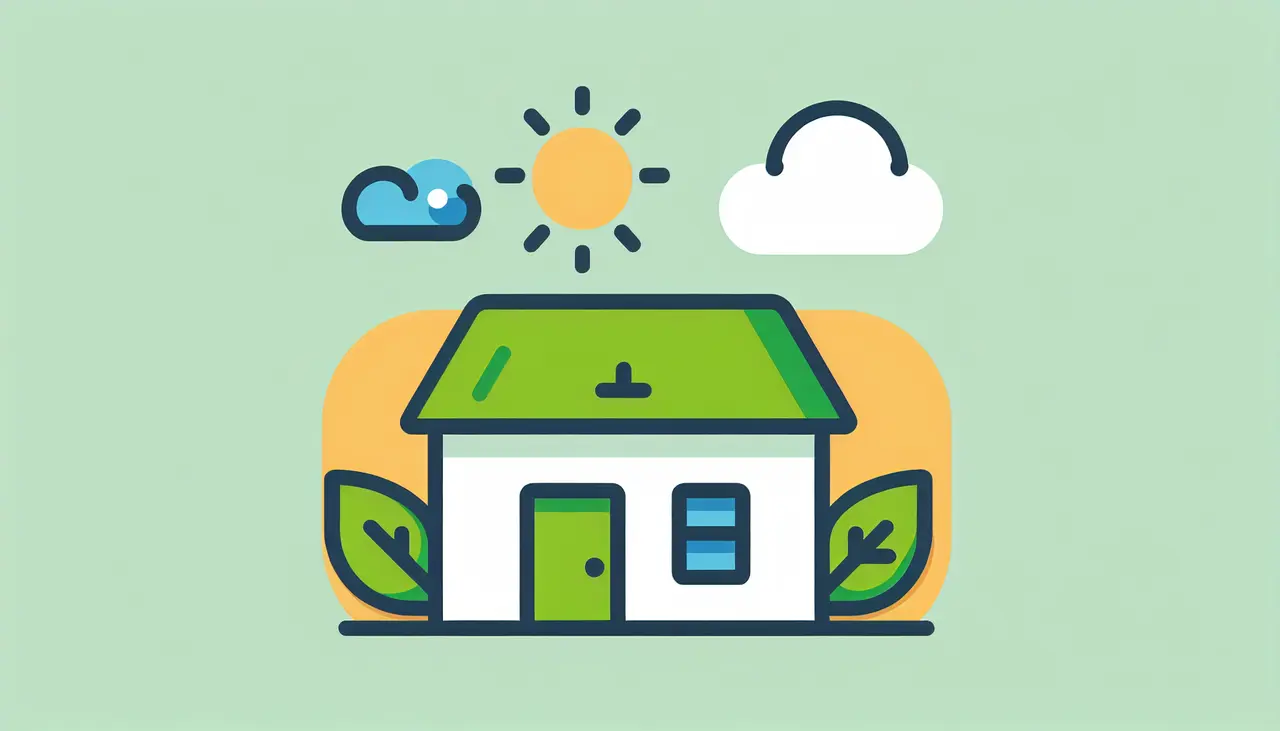In an age where sustainability is not just a preference but a necessity, elastomeric roofing emerges as a shining beacon for eco-conscious homeowners and builders. With its remarkable durability, energy efficiency, and eco-friendly attributes, elastomeric roofing is revolutionizing roofing standards worldwide. Dive into the world of elastomeric roofing to understand why it’s the best choice for your roof in the current environmental scenario.
Understanding Elastomeric Roofing: What Is It?
Elastomeric roofing, a term that resonates with durability and flexibility, refers to a liquid-applied roofing membrane known for its exceptional ability to stretch and return to its original shape. This characteristic is crucial for withstanding temperature fluctuations without cracking or leaking. Comprising polymers blended with acrylic or polyurethane, and sometimes silicone, these coatings form a seamless, waterproof barrier over your existing roof, offering a sustainable solution that extends the life of your roof without the need for complete replacement.
Its application process is environmentally friendly, with minimal waste produced compared to traditional roofing installations. The versatility of elastomeric coatings means they can be applied to a variety of substrates, including metal, asphalt, and concrete, making them an adaptable solution for nearly any roofing system.
The Environmental Benefits of Elastomeric Roofing
The eco-friendly nature of elastomeric roofing is underscored by its high reflectivity. These coatings can significantly reflect UV rays, reducing the ‘heat island’ effect common in urban areas. This leads not only to cooler buildings but also to a substantial decrease in energy consumption during the warmer months, helping to lower the carbon footprint of cooled establishments.
Furthermore, the longevity of elastomeric roofing contributes to environmental sustainability. Its durable nature means less frequent replacements are necessary, thereby reducing the demand for raw materials and the accumulation of roofing waste in landfills. In addition, many elastomeric roofing products are low in volatile organic compounds (VOCs), which minimizes harmful emissions during application.
How Elastomeric Roofing Works to Save Energy
Elastomeric roofing’s energy-saving potential lies in its highly reflective and emissive properties. By reflecting a significant portion of solar radiation, these roofs maintain a cooler surface, which translates to less heat transferred into the building below. This natural cooling effect can lead to dramatic reductions in air conditioning needs, offering considerable energy savings. In regions prone to hot weather, elastomeric roofing can be a game-changer for energy conservation.
Moreover, the insulating properties of elastomeric coatings contribute to more stable indoor temperatures, further enhancing energy efficiency. This steady thermal environment requires less mechanical heating and cooling, promoting a sustainable usage of resources.
Installation: What to Expect with Elastomeric Roofing
The installation of elastomeric roofing is relatively straightforward but requires professional expertise to ensure effectiveness. Initially, the existing roof must be cleaned and prepared to receive the coating, a process that may include repairing or replacing damaged areas. The elastomeric coating is then applied uniformly across the roof surface, either by spray, roller, or brush. After application, the coating dries to form a seamless, durable rubber-like membrane that adheres to the roof, providing protection and extending its lifespan.
Comparing Elastomeric Roofing to Other Roofing Materials
Unlike traditional roofing materials such as asphalt shingles or metal roofing, elastomeric roofing offers a unique blend of flexibility, durability, and environmental sustainability. Its reflective properties surpass those of most conventional materials, contributing to significant energy savings. Additionally, its elastic nature allows it to cover and seal cracks, a feature absent in many rigid roofing systems. This ability not only prevents water infiltration but also adapts to building movements without compromising its integrity.
Maintaining Your Elastomeric Roof for Longevity
One of the advantages of elastomeric roofing is its low maintenance requirements. Regular inspections and cleanings are recommended to ensure the coating remains intact and functional. Re-application of the coating may be necessary every 10 to 20 years, depending on environmental conditions and the initial application quality. By adhering to a maintenance schedule, property owners can maximize the lifespan and performance of their elastomeric roof, ensuring it remains an eco-friendly roofing solution for years to come.
The Cost-Benefit Analysis of Elastomeric Roofing
Considering the initial cost versus long-term savings is essential when evaluating elastomeric roofing. While the upfront installation cost may be higher than some traditional roofing materials, the energy savings, reduced maintenance, and extended lifespan contribute to a lower overall expense over time. Additionally, its environmental benefits, such as reducing the urban heat island effect and minimizing waste, add intangible value that transcends mere financial calculations, making elastomeric roofing a wise investment for eco-minded individuals.
Embracing Sustainability with Elastomeric Roofing
As we sift through countless options to make our living spaces more sustainable and energy-efficient, elastomeric roofing stands out for its remarkable benefits. Its ability to reflect heat, endure extreme weather conditions, and promote environmental sustainability makes it an undeniable asset for any structure. Embracing elastomeric roofing is not just an investment in a durable, long-lasting roof but a step toward reducing our ecological footprint. It’s about making a choice that benefits us today and preserves the world for future generations.







